
by larryw | Mar 29, 2022 | Anniversary
Vietnam Veterans Day commemorates the sacrifices of Vietnam veterans and their families and is part of a national effort to recognize the men and women who were denied a proper welcome upon returning home more than 40 years ago.
The Vietnam War Veterans Recognition Act, which was signed into law in 2017, designates March 29 of each year as National Vietnam War Veterans Day. It is not an official holiday. Most states celebrate “Welcome Home Vietnam Veterans Day” on March 29 or 30 of each year. Though there is some debate, March 29 is generally viewed as a more appropriate date. On that day in 1973, the last combat troops were withdrawn from Vietnam and the last prisoners of war held in North Vietnam arrived on American soil.
Lasting from 1955 to 1975, the Vietnam war engulfed the Southeast Asian country of Vietnam, as well as its neighboring countries, Cambodia and Laos. It resulted in several million deaths, most of whom were Vietnamese civilians. The conflict began during the 1950s when the struggle between the country’s communist northern part and the anti-communist south escalated. The United States began its military involvement to back the South’s effort to quell the communist onslaught, which, at the height of the Cold War, was feared to promote the spread of communist ideology and influence worldwide. During the war, about 500,000 US troops were dispatched to Southeast Asia, about 58,000 of whom were killed. The conflict ended in 1975 with the fall of Saigon and the victory of North Vietnam.
More than 350 members of American Legion Post 178 are Vietnam veterans.
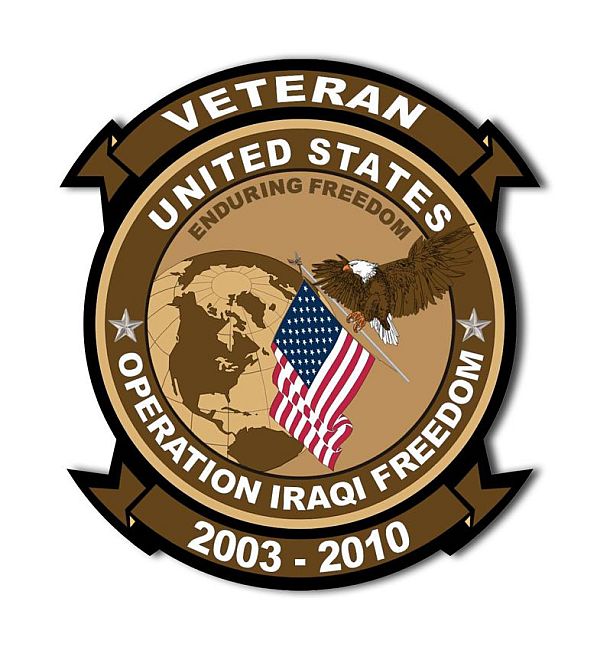
by larryw | Mar 19, 2022 | Anniversary
On 19 March 2003, an ultimatum given to the regime of Saddam Hussein expired and the United States and an allied coalition began what was known to the United States as Operation Iraqi Freedom.
The military objectives of Operation Iraqi Freedom consisted of first, ending the regime of Saddam Hussein; second, identifying, isolating, and eliminating, Iraq’s weapons of mass destruction; third, searching for, capturing, and driving out terrorists from the country; fourth, collecting intelligence related to terrorist networks; and fifth, collecting such intelligence as was related to the global network of illicit weapons of mass destruction.
Additional objectives were to end sanctions and to immediately deliver humanitarian support, secure Iraq’s oil fields and resources, and finally, to help the Iraqi people create conditions for a transition to a representative self-government.
At the time, Operation Iraqi Freedom consisted of the largest special operations force since the Vietnam War. Most of the special operations forces were American, but the United Kingdom and the Australian militaries also provided forces. Coalition personnel worked with Kurdish fighters against the regime. Special operations forces also attacked a number of specific targets such as airfields, weapons of mass destruction sites, and command and control headquarters.
In September 2010, the US mission in Iraq was renamed from Operation Iraqi Freedom to Operation New Dawn to coincide with US forces’ shift to an advisory, assistance, training, and equipping role
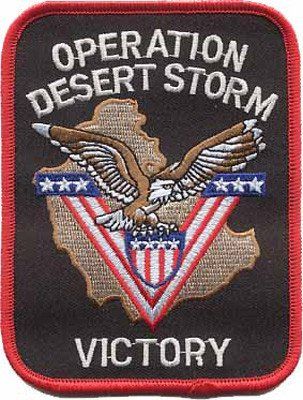
by Frisco Legion | Jan 17, 2022 | Anniversary
The Gulf War began when Saddam Hussein’s Iraq invaded Kuwait on August 2, 1990. Immediately condemned by the international community, Iraq was sanctioned by the United Nations and given an ultimatum to withdraw by January 15, 1991. As the fall passed, a multi-national force assembled in Saudi Arabia to defend that nation and to prepare for the liberation of Kuwait.
On January 17, coalition aircraft began an intense aerial campaign against Iraqi targets. This was followed by a brief ground campaign commencing on February 24 which liberated Kuwait and advanced into Iraq before a ceasefire took effect on the 28th.
The war, often referred to as the Persian Gulf War or Gulf War, ended February 28, 1991.
Today, we celebrate the 31st anniversary of Operation Desert Storm and honor those who served.
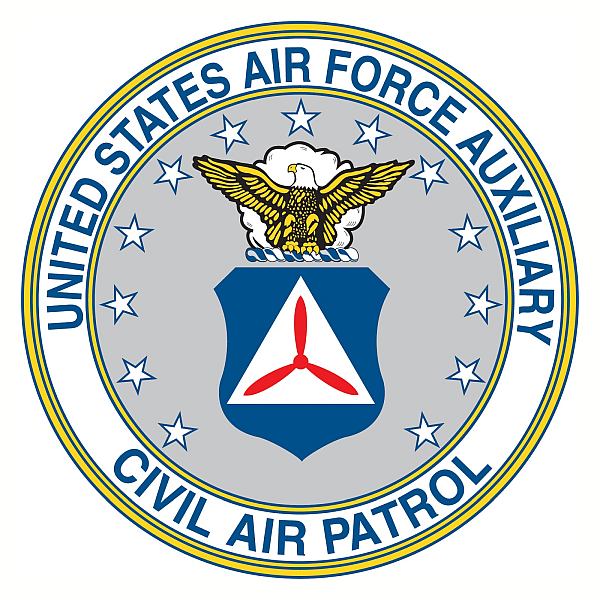
by Frisco Legion | Dec 1, 2021 | Anniversary
December 1st is the United States Civil Air Patrol’s birthday, formed during World War II in 1936. The agency served as the official volunteer civilian auxiliary of the Air Force. It consists of cadets, ages 12 to 20 years old, and senior members who are eighteen and older. To date, the Civil Air Patrol is America’s premier public service organization for conducting emergency services and disaster relief missions nationwide. Its 60,000 members selflessly devote their time, energy, and expertise toward the well-being of their communities, while also promoting aviation and related fields through aerospace education and helping shape future leaders through the Civil Air Patrol cadet program.
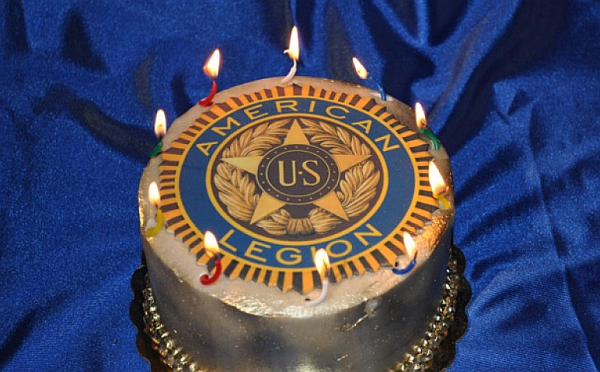
by larryw | Sep 16, 2021 | Anniversary
The American Legion has served wartime veterans through promoting patriotism, military service, national security, and dedication to current service members and veterans alike.
The American Legion will celebrate its 101st birthday on Monday, September 16, 2021.
The Legion itself holds events nationwide to celebrate its birthday. All focus on the organization’s mission, core values, plus recognizing both volunteers and those they help. These events promote the Legion’s advocacy for veterans, patriotism, and what the Legion describes as “Americanism.”
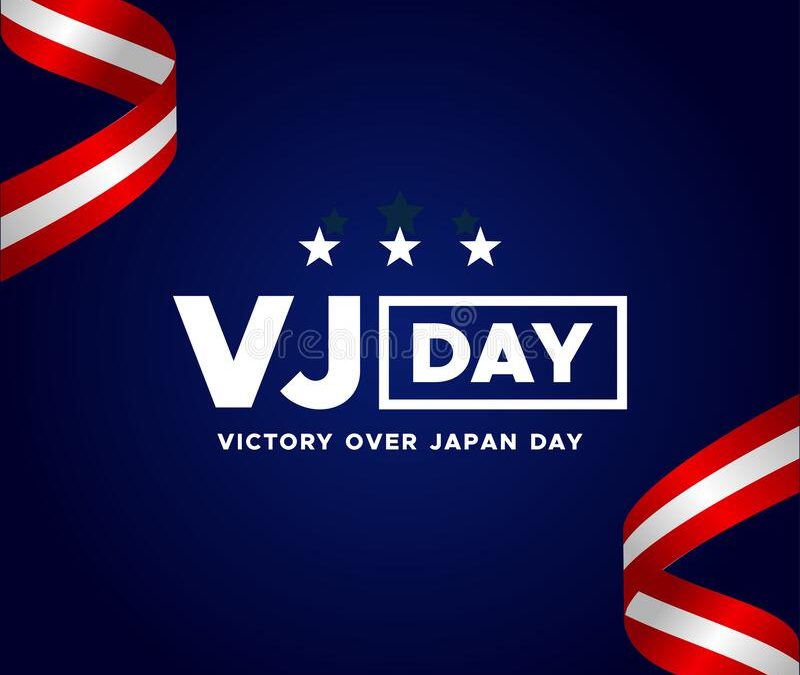
by larryw | Sep 2, 2021 | Anniversary
On August 14, 1945, it was announced that Japan had surrendered unconditionally to the Allies, effectively ending World War II. Since then, both August 14 and August 15 have been known as “Victory over Japan Day,” or simply “V-J Day.” The term has also been used for September 2, 1945, when Japan’s formal surrender took place aboard the U.S.S. Missouri, anchored in Tokyo Bay. Coming several months after the surrender of Nazi Germany, Japan’s capitulation in the Pacific brought six years of hostilities to a final and highly anticipated close.






